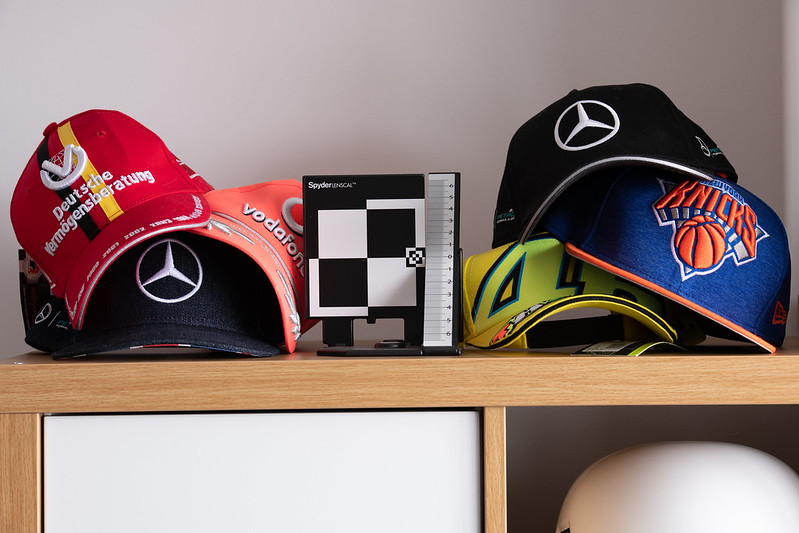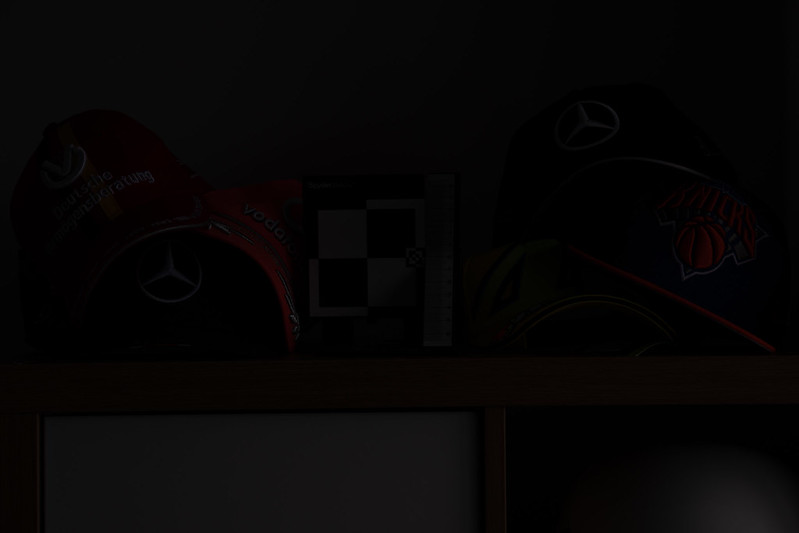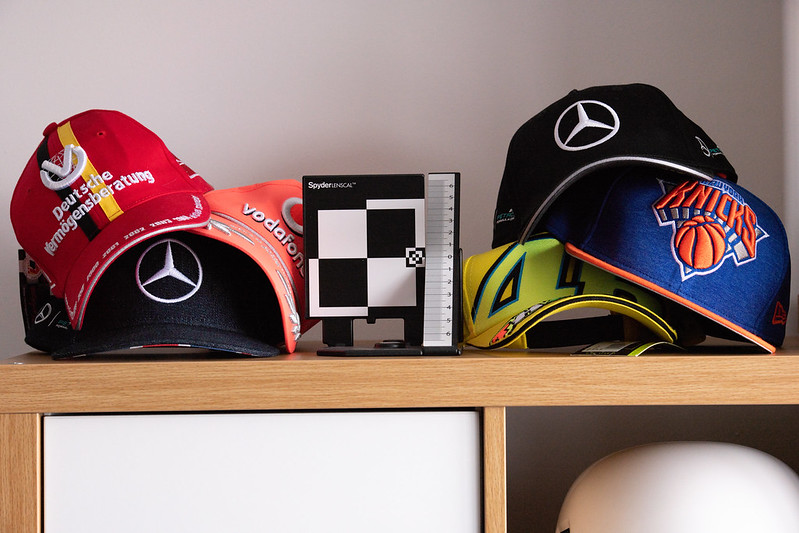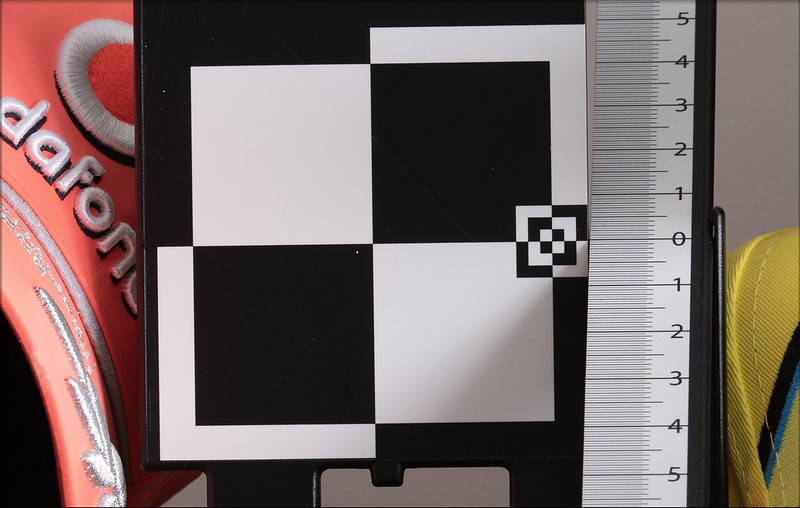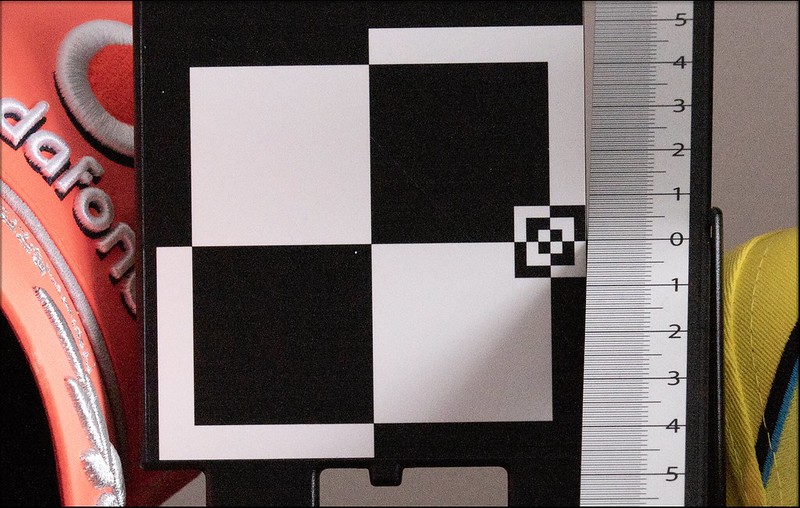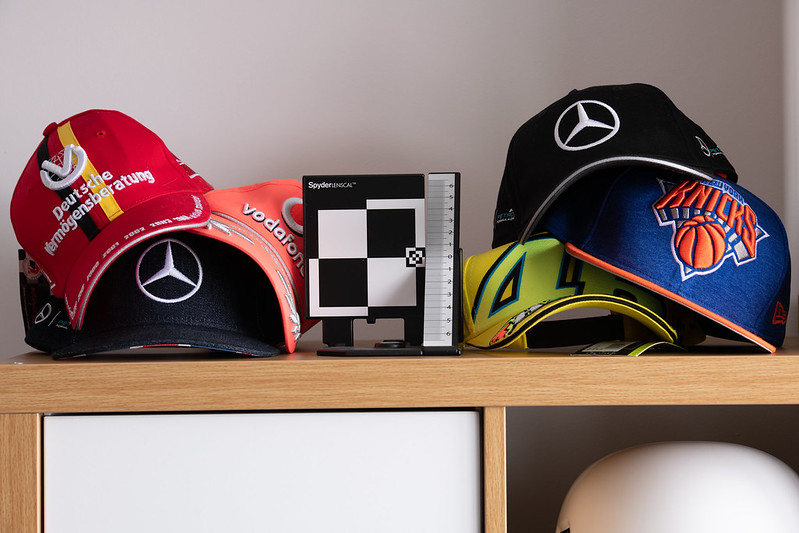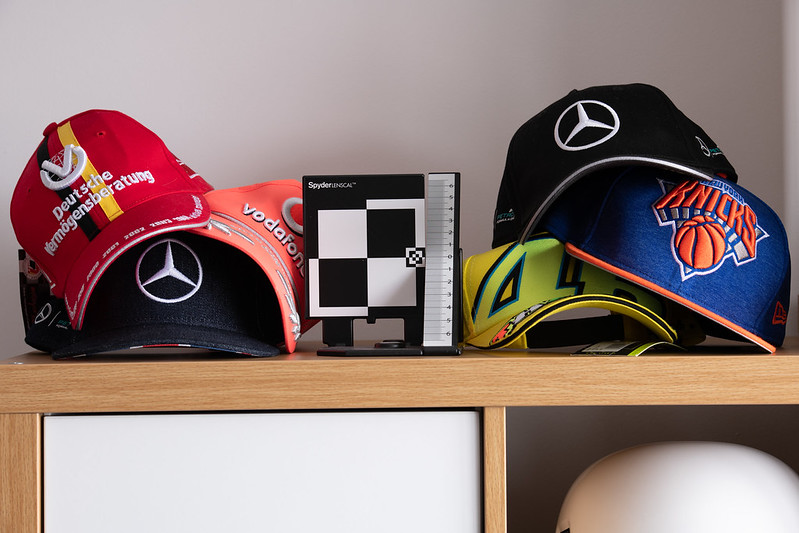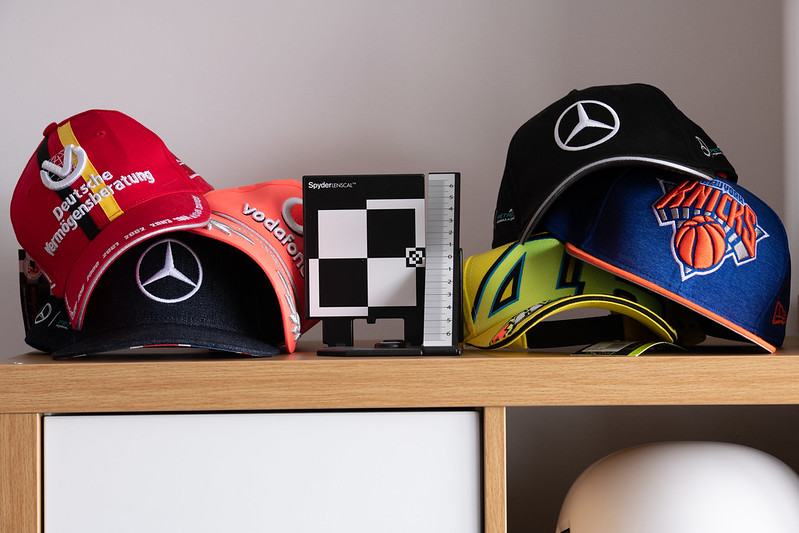- Messages
- 23,617
- Name
- Toby
- Edit My Images
- No
More and more cameras seem to be ISO invariant these days meaning that (assuming aperture and shutter are fixed) you can underexpose your image and then brighten it in post with no penalty in noise compared to if you'd shot it at a higher ISO to get the exposure right in the first place, which then begs the question whether you'd be better doing this deliberately? The reason for my thoughts is dynamic range, if you can use 4-5 stops lower ISO that may make a noticeable difference in dynamic range and therefore yield better results after processing. I'm obviously talking about shooting in RAW.
Anyone else have any thoughts on this?
Anyone else have any thoughts on this?


